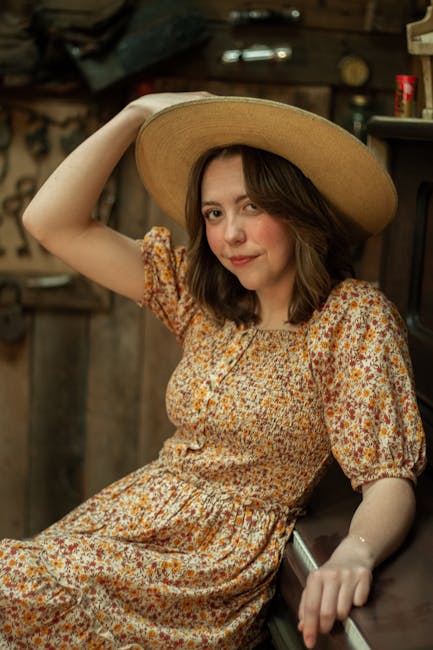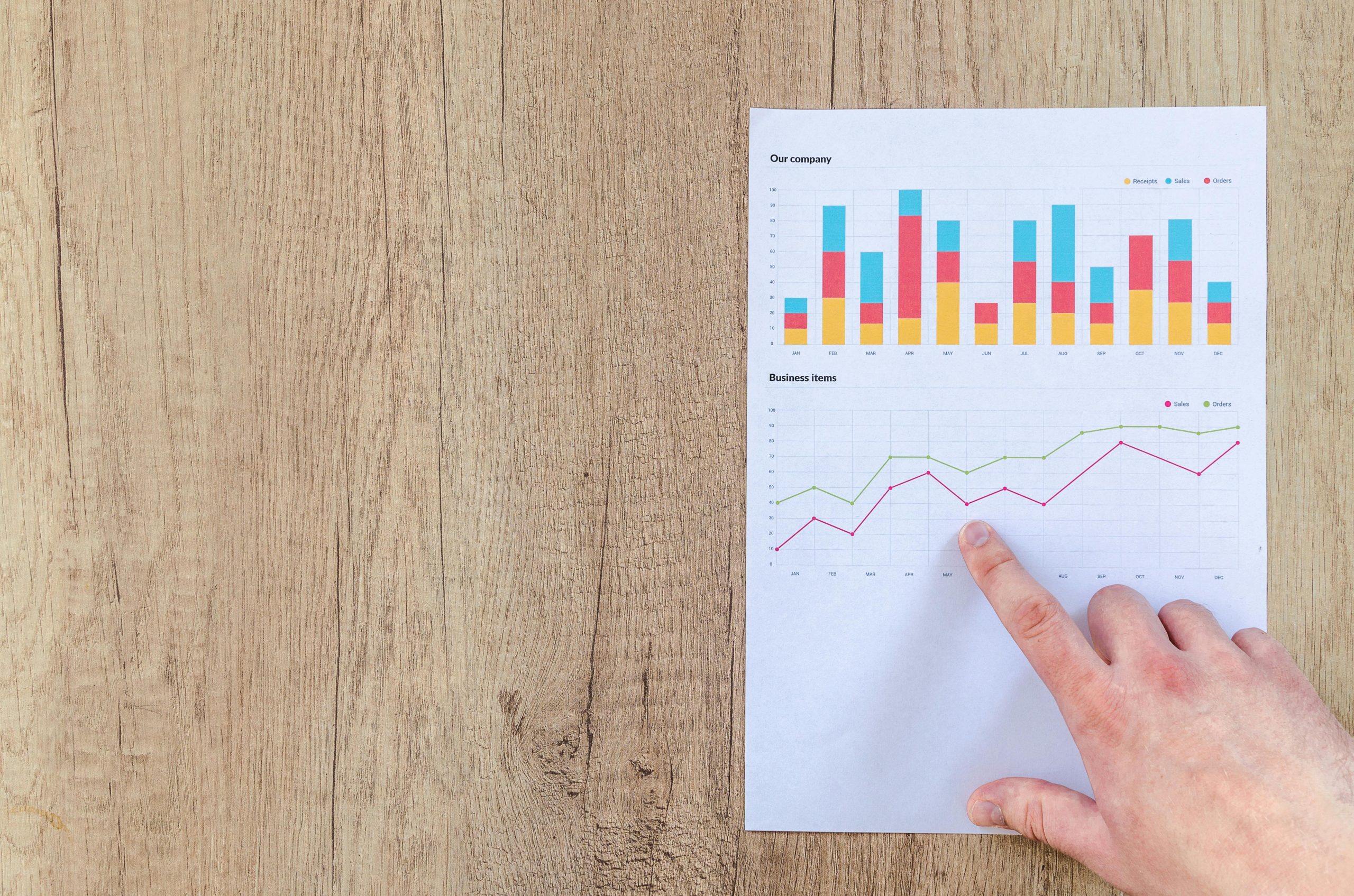Both mirrors and cameras provide different perspectives of how we appear, and each has its own advantages and limitations. Mirrors reflect an image in real-time and offer an immediate visual representation, albeit reversed. This means what you see in the mirror is a mirror image: the right side of your body appears on the right side of the reflection, but this is the opposite of how others perceive you. This can sometimes lead to the misconception that a mirror isn’t showing the real you, but it is showing a consistent image that we’re accustomed to seeing.
On the other hand, cameras capture images from the perspective of an observer and typically do not reverse the image unless set to do so for specific effect, such as selfies. However, cameras capture a static image that can be influenced by lighting, angles, lenses, and other technical factors, which may alter the perception of how someone looks. Digital cameras, in particular, can have varied settings that may enhance or distort features (such as wide-angle lenses making faces appear larger or more elongated).
In terms of which is more accurate, neither a mirror nor a camera presents a perfectly objective image of how we “actually” look, because how we appear is subjective and context-dependent. Mirrors show a real-time, continuous reflection that we’re accustomed to, while cameras provide an alternative perspective that others might see, with variations based on the quality and settings of the recording device. Ultimately, both are tools that present an interpretation of appearance, colored by the perceptions embedded in their usage.



